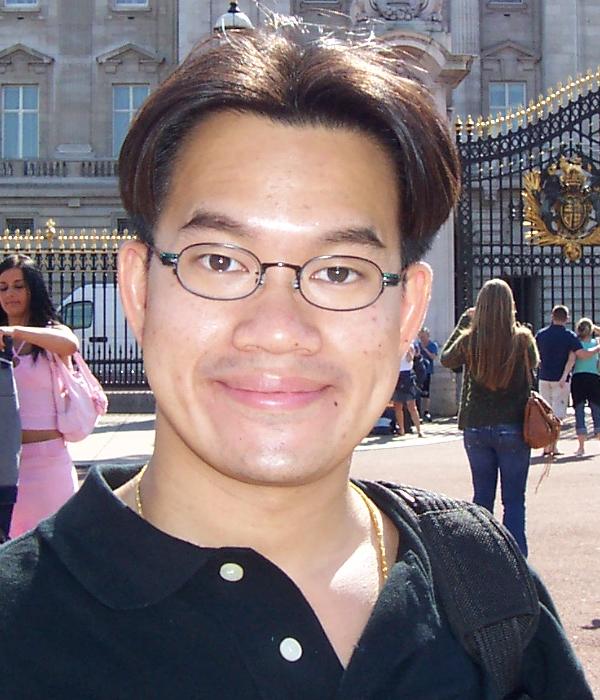
KASIDIT LEOVIRIYAKIT, PhD
Wing Shape Engineer
Airbus UK Limited
Filton, Bristol
United Kingdom
![]()
![]()
Background
Wing Shape Engineer
Airbus UK Limited, Filton, United Kingdom
(December 2005 - Current)
Post Doctoral Fellow
Mechanical Engineering,
McGill University (June 2005 - November
2005)
Doctoral Candidate
Department of Aeronautics and Astronautics, Stanford
University (2000- March 2005)
Master of Science
Department of Aeronautics and Astronautics, Stanford
University (1999-2000)
Bachelor of Engineering
Aerospace Engineering Department, Kasetsart
University, Thailand (1994-1998)
Research Interest
Kasidit has recently joined Airbus UK in Flight Physic division. He is responsible for wing shape design at high-speed flight. He involves in the design of the next generation wing for the transport aircraft. His recent interest includes the numerical solution of partial differential equations with applications to subsonic, transonic, and supersonic flow past complex configurations, the aerodynamic shape optimization, and the turbulence simulation.
Kasidit graduated with a doctoral degree in Aeronautics and Astronautics from Stanford University in 2005, under Professor Antony Jameson. While he was at Stanford, his research focused on multidisciplinary optimization based on solutions of computational fluid dynamics. His dissertation dedicated to wing planform optimization, in which he developed an adjoint based optimizer that combined sectional and planform design together. This approach enlarged the design space and produced wing configurations that were previously prohibited by strong shock formation. As a result, he was able to minimize drag and structural weight simultaneously. His dissertation was award Ballhaus prize for best PhD thesis by the department of Aeronautics and Astronautics in June 2005.
After Kasidit graduated, he joined a research group of Professor Wagdi Habashi in Mechanical engineering department at McGill university, Canada. He worked in Computational Fluid Dynamics laboratory and focused on multigrid methods to speed up a finite element flow solver. He conducted research on algebraic multigrid (AMG), with a goal to cut down computational time required to solve large linearized system of equation Ax=b. The A matrix arises from an application of finite element method to compressible flow, governed by Navier-Stokes equations. AMG has been active research for the last 30 years, mainly applied to structural mechanics. On the application to fluid dynamic, this is still open-ended research.
While Kasidit worked at McGill University, he
also worked as a consultant for Intelligent Aerodynamics Int'l, based in Menlo
Park, California. He played a key role in developing an adjoint-based shape
optimization for wing planform design. The optimizer has capability of
multi-disciplinary optimization of realistic wing and currently it has been used
to design high-altitude unmanned air vehicle.
Following are research topics Kasidit has involved:
Honor & Awards
| 1. Ballhaus Prize for best PhD Thesis, Department of Aeronautics and Astronautics, Stanford University, June 2005 | |
| 2. Robert H. Cannon Jr. Summer Fellow, Stanford University, June 2004. | |
| 3. PRO/ENGINEER CAD/CAM DESIGN CONTEST Winner Award,
CiPT, Hewlett Packard, and Parametric Technology Corporation, Bangkok, Thailand 1998 |
|
| 4. The American Institute of Aeronautics and Astronautics, AIAA member | |
![]()



